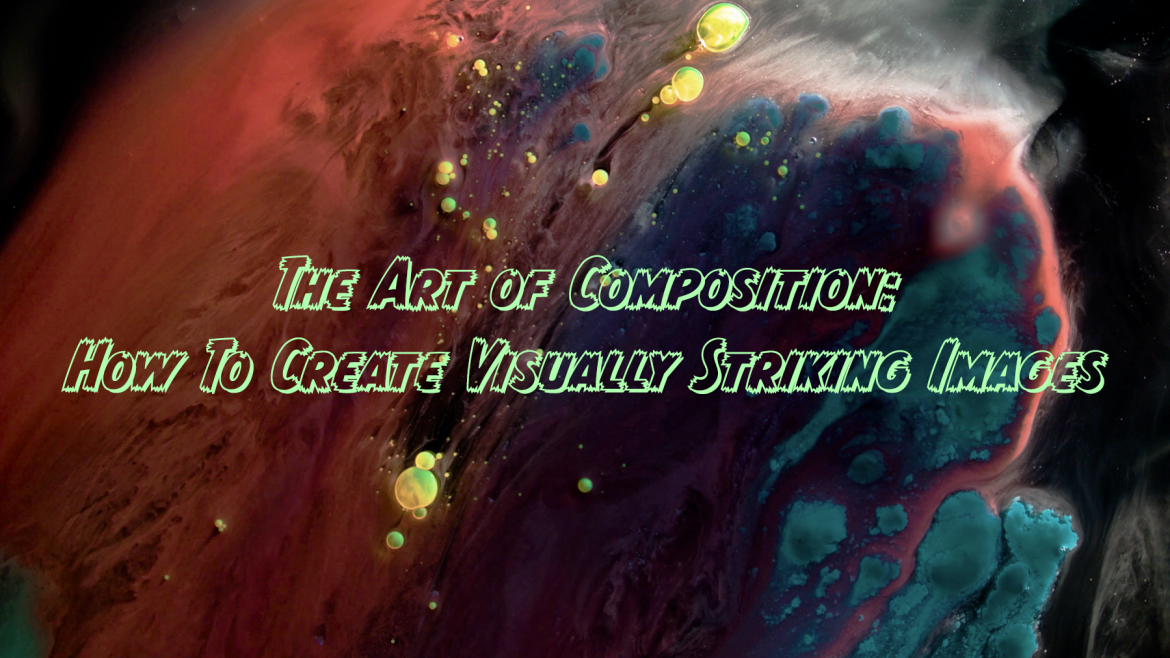
When you pick up your camera, you face your subject and place them in the frame. The average person would snap the photo from there, instead photographers and videographers will consider composition first.
Composition is a fundamental aspect of both photography and videography that plays a crucial role in creating visually appealing and effective images and videos. It involves the arrangement and placement of elements within the frame to convey a specific message, evoke emotions, and guide the viewer’s attention.
In photography, composition is used to create a balanced and harmonious image. The way subjects, objects, lines, and shapes are positioned within the frame can greatly impact the overall aesthetic and storytelling of the photograph. The following are some key concepts related to composition in both photography and videography:
- Rule of Thirds: The rule of thirds is a compositional guideline that suggests dividing the frame into a 3×3 grid, creating nine equal parts. The main subject or focal point is then placed along the lines or at the intersections of the grid, rather than in the center. This technique helps create visual interest and balance, making the image more dynamic.

2. Head Room: In both photography and videography, headroom refers to the space between the top of a subject’s head and the upper edge of the frame. Proper headroom is essential to ensure that the subject is not too cramped or cut off, allowing for a more natural and comfortable appearance. Notice below how there is just enough comfortable space for the subject’s head, not too much of a gap, and not cut off.

3. Look and Lead Room: Look room, also known as nose room or face room, is the space in front of a subject’s gaze. It provides visual breathing space and allows the subject to look or move into the frame. Lead room, on the other hand, refers to the space in front of a moving subject. It gives the subject a sense of forward motion and prevents them from appearing trapped or running out of the frame. Notice here how Future has room to walk/look forward while still remaining in the frame.

Shot Types and Angles: Both photography and videography utilize various shot types and angles to convey different perspectives and emotions. Some common shot types include:
-
- Wide Shot: Also known as an establishing shot, a wide shot captures the entire scene, setting, or location. It provides context and helps ground the viewer.
- Medium Shot: A medium shot frames the subject from the waist up or from the knees up. It is often used for portraits or to show interactions between people.
- Close-Up: A close-up shot focuses on a specific detail, such as a person’s face or an object. It is used to emphasize emotions, expressions, or intricate details.
- Over-the-Shoulder Shot: This shot is commonly used in interviews or conversations, showing one person’s perspective from behind the shoulder of another person. It helps create a sense of participation for the viewer.
When it comes to angles, they can drastically change the perception and impact of a photograph or video. Some common angles include:
- POV: This angle is at the eye level of the subject and is commonly used for creating a neutral and relatable perspective.
- Low Angle: Shooting from a low angle can make the subject appear more powerful, dominant, or imposing.
- High Angle: Shooting from a high angle can make the subject appear smaller, weaker, or less significant. It can also provide an overview or a different perspective.
- Dutch Angle: Also known as a canted angle or oblique angle, the camera is tilted on its side. This angle adds tension or a sense of unease to the image.
In both photography and videography, the choice of composition, shot types, and angles depends on the intended message, mood, and story that the photographer or videographer wants to convey. It requires creativity, an understanding of visual aesthetics, and a willingness to experiment to capture engaging and impactful visuals.
